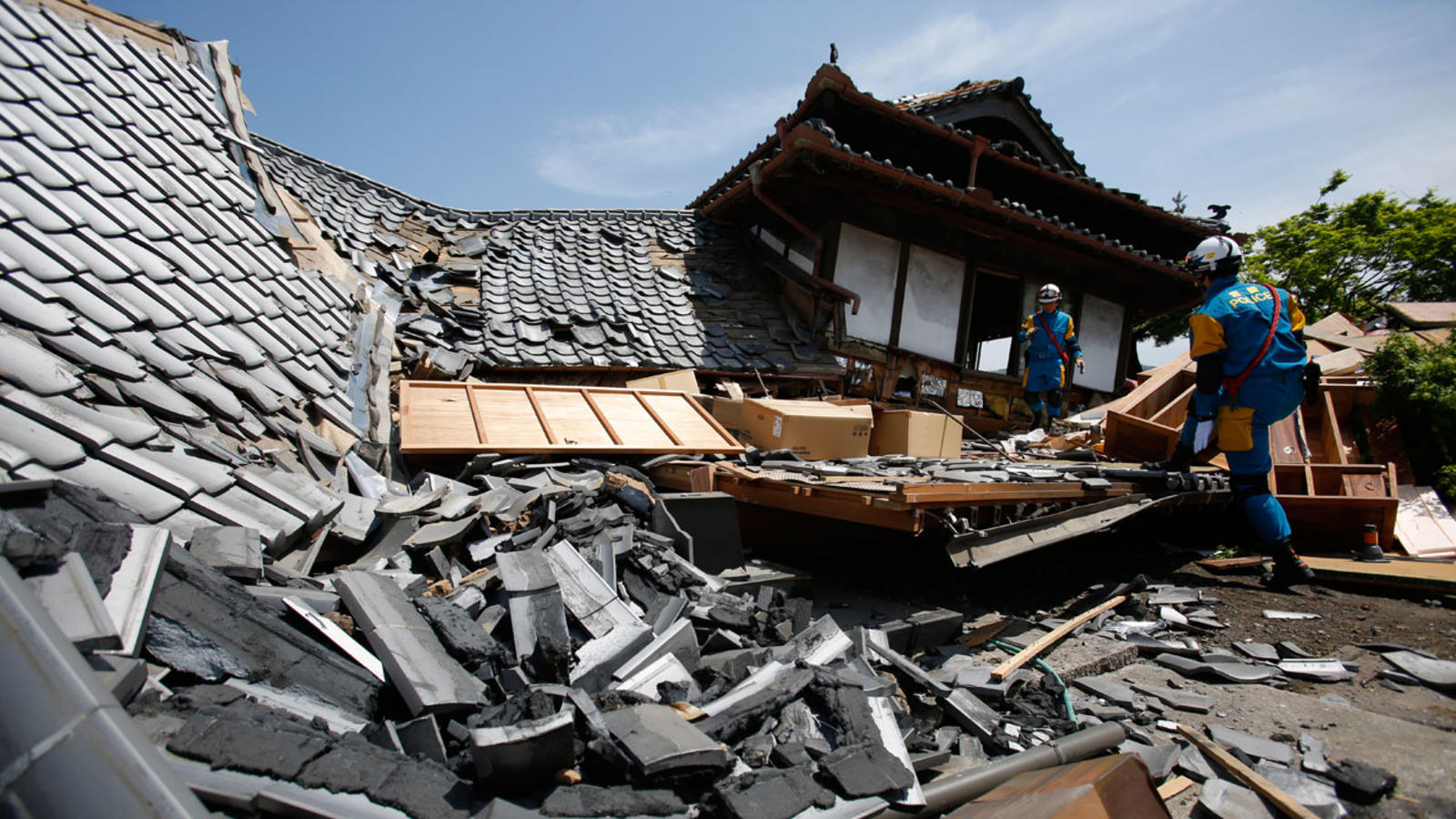A powerful earthquake of magnitude 7.5 struck off the coast of Japan on Tuesday, triggering a tsunami warning and causing widespread damage and disruption in the affected regions. The quake, which occurred at 10:28 a.m. local time, was centered about 200 km east of Tokyo, at a depth of 10 km. The Japan Meteorological Agency (JMA) issued a tsunami warning for the Pacific coast of Japan, urging people to evacuate to higher ground and avoid the shorelines. The JMA also warned of possible aftershocks and landslides.
The Impact of the Earthquake and Tsunami

The Japan earthquake and the ensuing tsunami caused severe damage and casualties in the coastal areas of Japan, especially in the prefectures of Chiba, Ibaraki, and Fukushima. According to the latest reports, at least 15 people have been confirmed dead, and more than 200 injured. The death toll is expected to rise as rescue workers continue to search for survivors and assess the extent of the damage.
The earthquake and the tsunami also disrupted the transportation, communication, and power systems in the affected areas. Several trains, flights, and ferries were suspended or canceled, leaving thousands of passengers stranded. Many roads and bridges were damaged or blocked by debris, hampering the relief efforts. Several power plants, including the Fukushima Daiichi nuclear plant, which suffered a meltdown in the 2011 earthquake and tsunami, reported abnormalities and outages. The authorities said that there was no risk of radiation leakage from the nuclear plant, and that the situation was under control.
The earthquake and the tsunami also affected the neighboring countries, such as Taiwan, South Korea, and China, which reported minor tremors and sea level changes. The Pacific Tsunami Warning Center (PTWC) issued a tsunami advisory for the Pacific islands, such as Hawaii, Guam, and the Philippines, but later lifted it. The PTWC said that there was no threat of a major tsunami for the rest of the Pacific region.
The Response of the Government and the International Community
The Japanese government and the international community have responded swiftly and decisively to the earthquake and tsunami disaster. Prime Minister Yoshihide Suga declared a state of emergency and mobilized the Self-Defense Forces, the police, the fire department, and the coast guard to conduct rescue and relief operations. He also expressed his condolences to the victims and their families, and vowed to do everything possible to minimize the loss of life and property. He also thanked the international community for their support and solidarity.
Several countries and organizations have offered their assistance and sympathy to Japan, such as the United States, China, India, Russia, the European Union, the United Nations, and the Red Cross. They have expressed their readiness to provide humanitarian aid, technical expertise, and financial support to Japan. They have also praised Japan’s resilience and preparedness in the face of the disaster.
The earthquake and the tsunami have once again reminded the world of the fragility and unpredictability of nature, and the importance of disaster prevention and mitigation. Japan, which is one of the most earthquake-prone countries in the world, has demonstrated its strength and courage in overcoming the challenges and difficulties posed by the calamity. The world stands with Japan in this difficult time, and hopes for a speedy and complete recovery.




